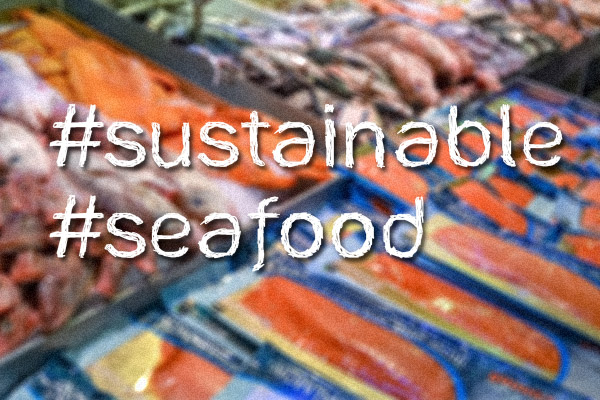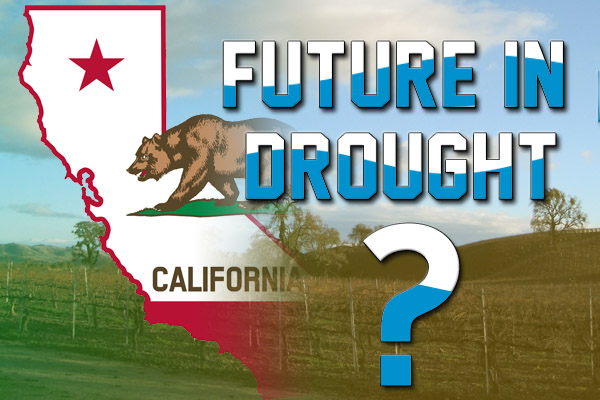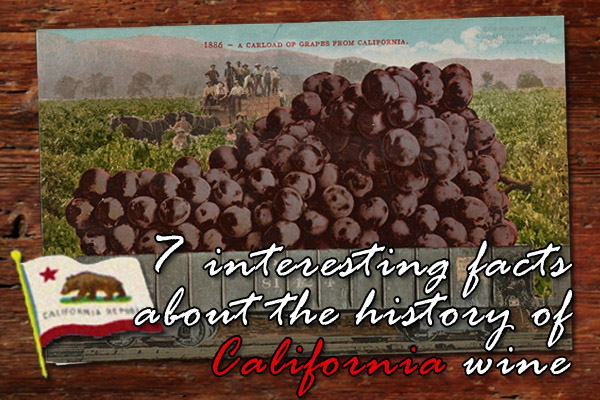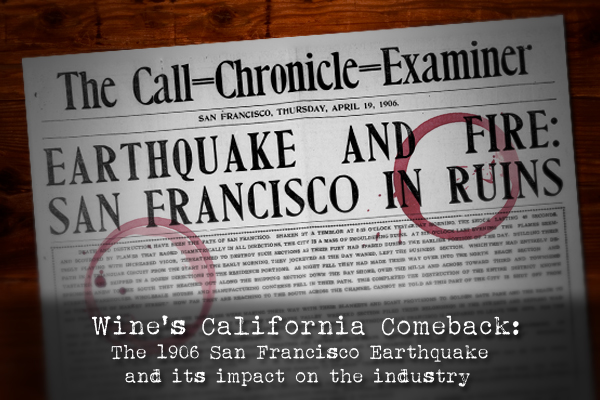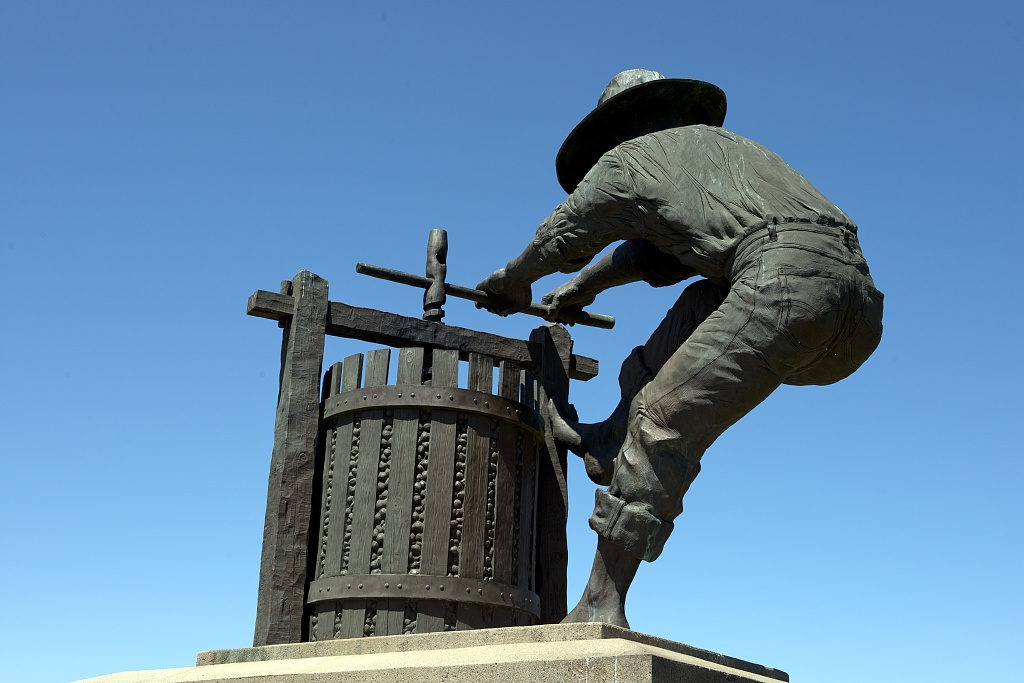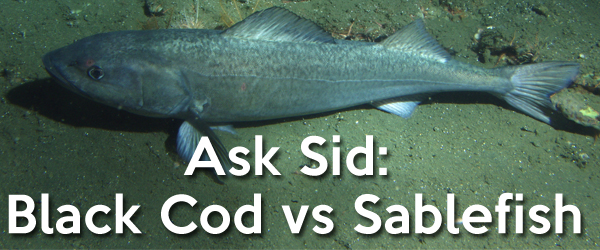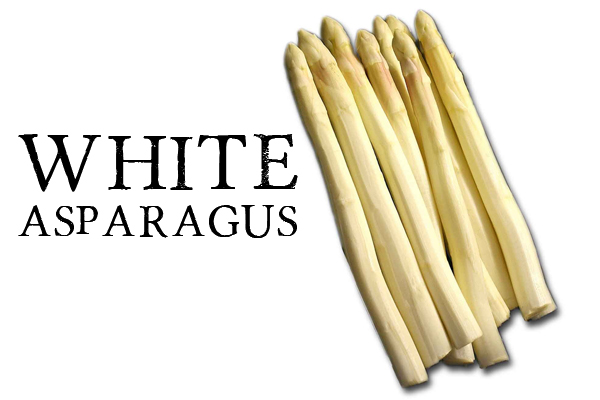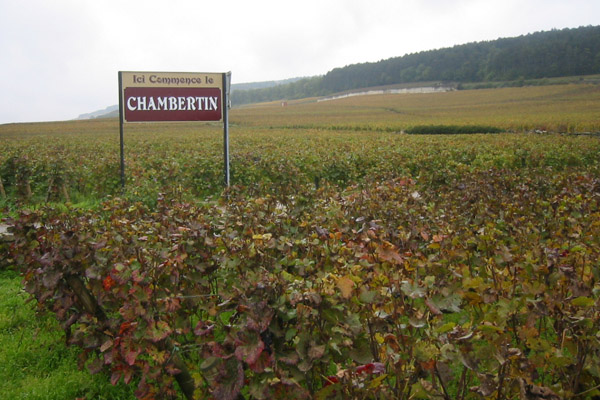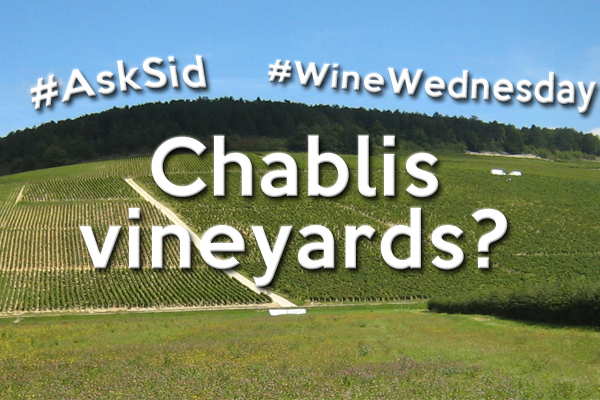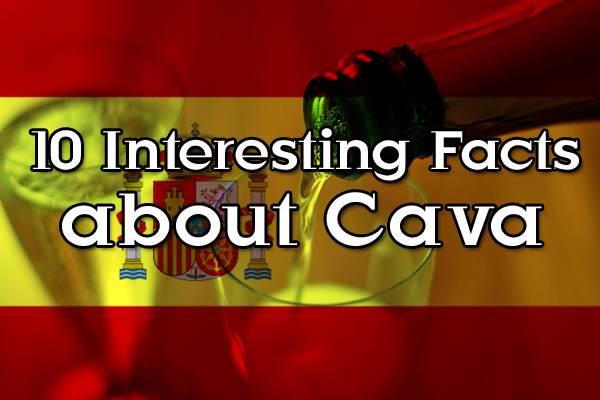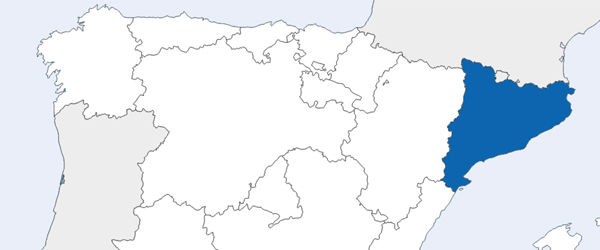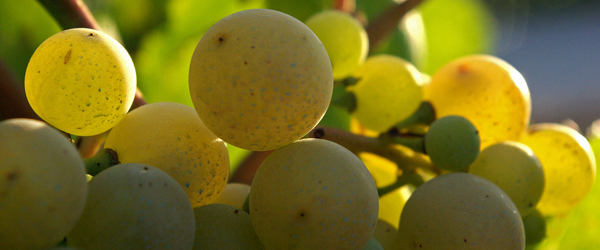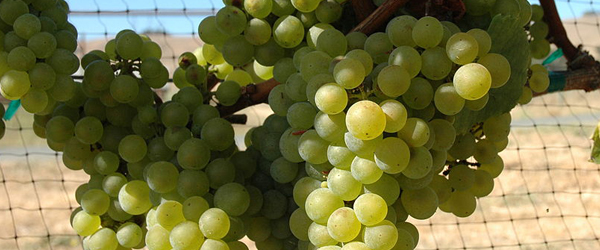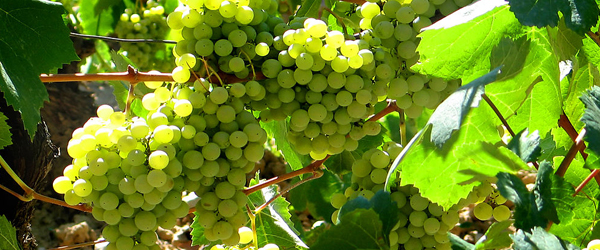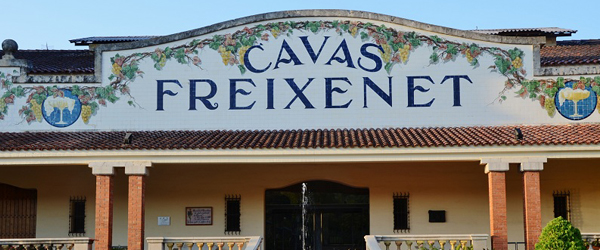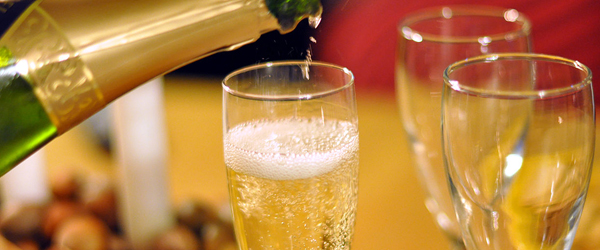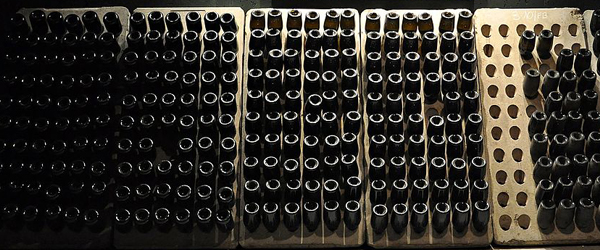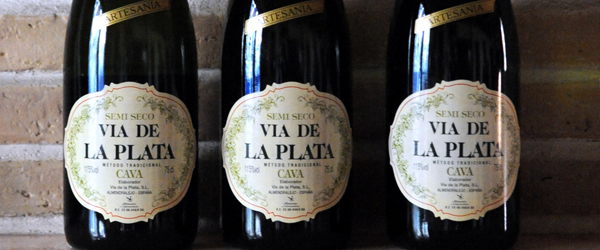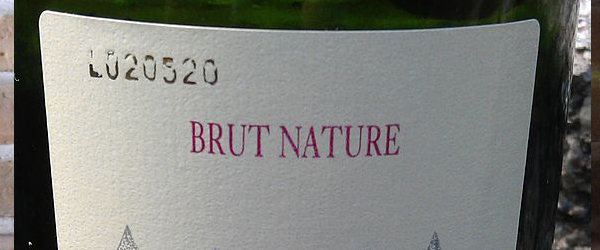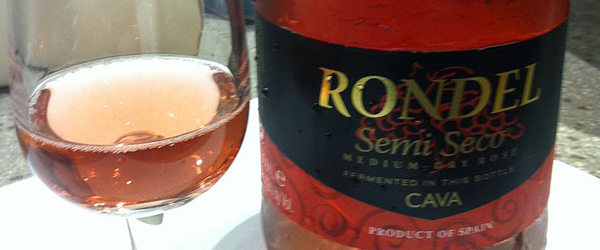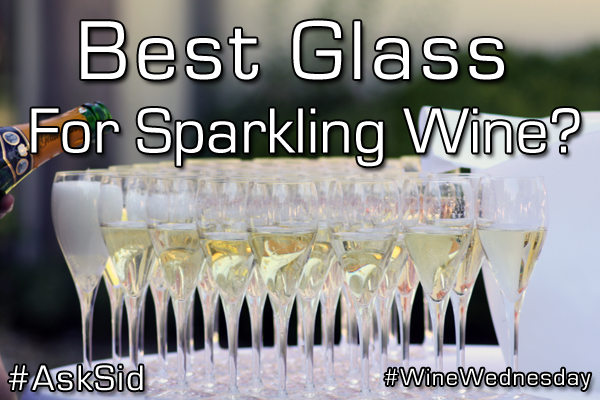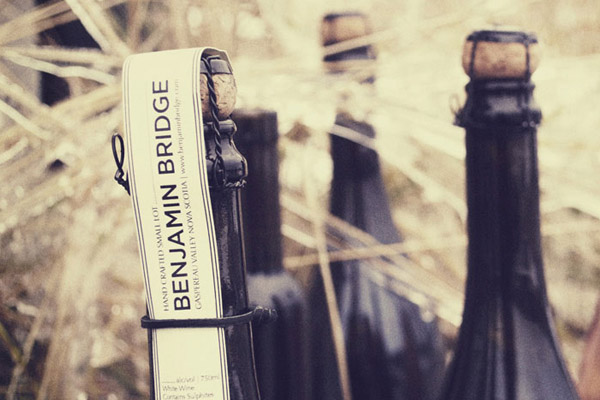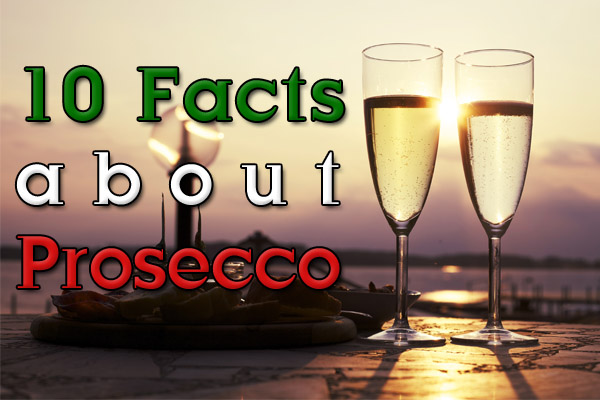I enjoyed this month the Ocean Wise 10 Year anniversary celebration with a special dinner @westrestaurant. Many chefs are supporting this program and especially from the very beginning @robert_clark_64 & now @thefishcounter. Chef Clark was a star for Restauranteur Harry Kambolis who also was a key instigator of #sustainable #seafood with his Raincity Grill (1992-2014), C Restaurant (1997-2014) and Nu (2005-2011) now all closed but a big continuing influence on Vancouver’s present seafood cuisine choices. West restaurant’s innovative chef Quang Dang worked with Robert Clark for many years so this venue with the 2 chefs back together once again was a natural.
Their message is “Overfishing is the biggest threat our ocean’s face today. The Ocean Wise symbol next to a seafood item is the Vancouver Aquarium’s (@vanaqua) assurance of an ocean-friendly seafood choice. With over 600 Ocean Wise partners across Canada, Ocean Wise makes it easy for consumers to make sustainable seafood choices that ensure the health of our oceans for generations to come.”
Not that long ago our menus prominently featured swordfish,Patagonian toothfish called sea bass and many other endangered species. Now we are finally on a better track using only sustainable seafood for these dishes all prepared with outstanding culinary skills and so delicious. My congrats!
-Smoked white sturgeon horseradish mousseline
-Korean style halibut dumplings
-Grilled octopus with slow roasted peppers and balsamic
-Citrus cured salmon, buttermilk blini, potato creme fraiche
-Fresh shucked Sawmill Bay oysters, broccoli, ponzu
-BC geoduck marinated in yuzu, basil, red pepper crisp
-Side stripe shrimp ceviche, aji amarillo, baby greens extra virgin olive oil
-Albacore tuna tataki, nori scone, salmon roe, cucumber salad
-Dungeness crab tortellini, English peas, mint, watercress sauce
-Chive crusted Cape Scott halibut, crushed fava beans and fingerling potatoes,
Northern Divine caviar vinaigrette
-Wild BC sablefish a la plancha, pickled mushrooms, braised daikon, dashi broth
You might also like:
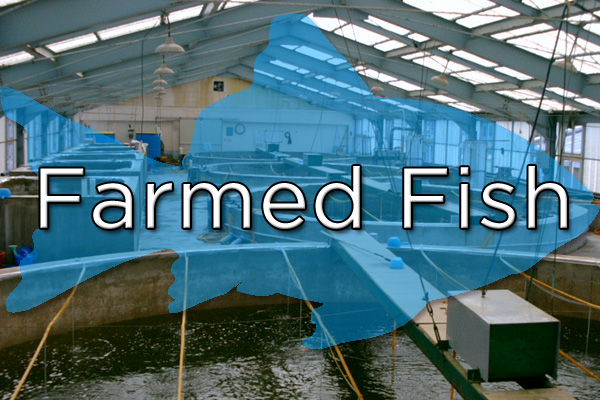 |
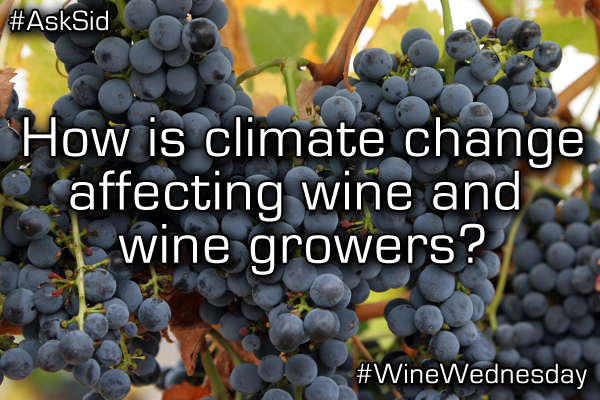 |
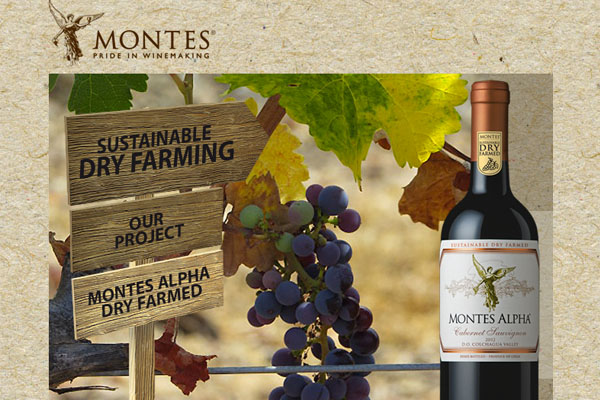 |
